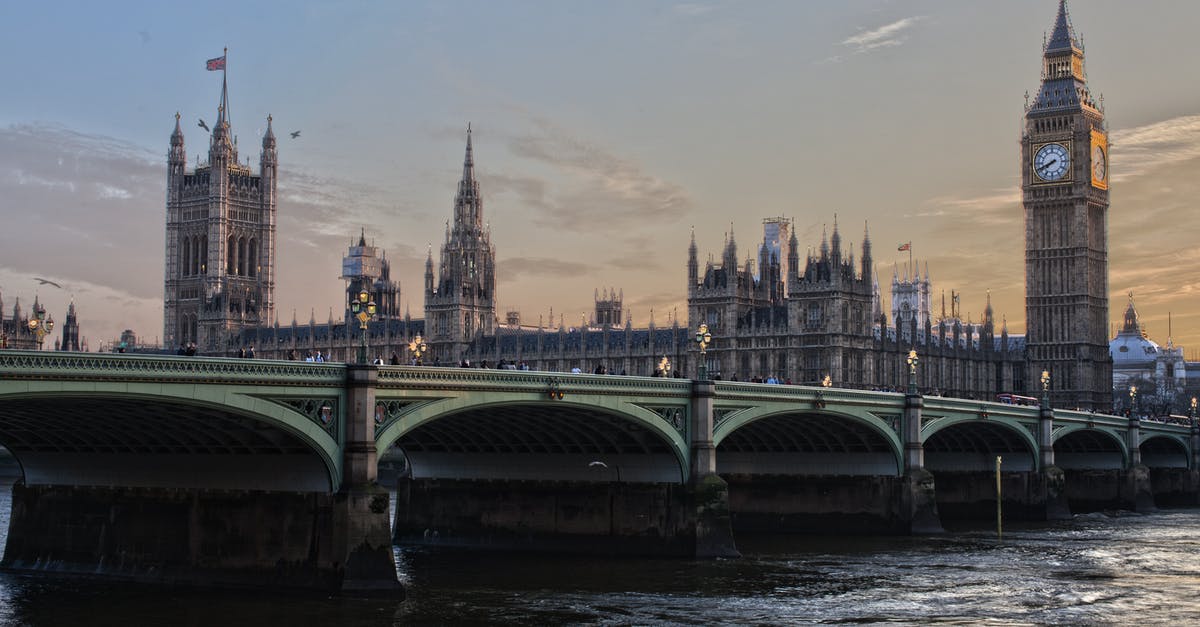Why do my English muffins have such a tough crust?

I'm new to the baking of English muffins. I follow the recipe for sourdough English muffins published on YouTube by Culinary Exploration. After accounting for the 100% hydration of the starter, the recipe calls for about 62% hydration. The procedure involves pre-baking in an open skillet to form a light crust followed by oven baking to finish the center. I use Sir Galahad flour from King Arthur, which contains 11.7% protein.
My EMs taste great and the crumb is exactly what I want, but I get a paper-thin outer crust which is very tough to bite through and chew. The crust seems to be the same on both sides of the muffins; i.e., there's no distinction between the side that was exposed vs the side that was against the parchment paper during proofing. Lowering the heat of the skillet and the oven has no discernible effect, other than reducing browning. The crust does soften a bit with storage, but it's still too rugged.
I fear that changing hydration will alter the thickness to diameter proportions of the muffins. Any other suggestions?
Best Answer
I strongly suspect that it's the trip to the oven that's making those muffins tough.
My personal recipe for sourdough muffins does not involve baking them; they are cooked entirely on the griddle. I checked three different sourdough muffin recipes (1, 2, 3) and none of them used the oven either.
So my suggestion is that you try cooking them entirely on the stovetop and omit the oven. This will require longer cooking on the griddle to make sure they're done all the way through; I suggest checking with an instant-read thermometer (should be 90C in the center). I don't suggest lowering the griddle heat, which should be around 175C ... cooking them longer may actually toughen them.
The second thing I notice is that almost every sourdough recipe I've checked has some kind of fat in it, usually butter or whole milk, and the recipe you linked does not. The recipe I've tried that doesn't is Arizmendi Bakery's, which are also very chewy and tough to bite into (I like them, but I suspect you wouldn't). So adding some kind of fat to the recipe would probably help your crust texture; it generally does with bread.
There's other general tips to peruse, just in case you're running afoul of something else like using way too much flour during kneading.
It's also true, though, that different sourdough cultures can result in chewier (or less chewy) crusts. So if eliminating the oven step and adding fat doesn't work, I'd suggest testing a non-sourdough recipe to see if you're having the same issue there.
Pictures about "Why do my English muffins have such a tough crust?"



Quick Answer about "Why do my English muffins have such a tough crust?"
This will require longer cooking on the griddle to make sure they're done all the way through; I suggest checking with an instant-read thermometer (should be 90C in the center). I don't suggest lowering the griddle heat, which should be around 175C ... cooking them longer may actually toughen them.How do you soften English muffins?
Now if the muffin is slightly past its prime where it's turned hard and stale, just preheat your oven to 350F, sprinkle the muffin with some water (yes water) and place it a PAPER bag. Fold the bag shut (leaving room for expansion) and pop it into the warm oven for 10-15 seconds.Why do English muffins have crumbs on the bottom?
The White Particles on the Bottom of Thomas' are Farina It's farina, made from soft wheat semolina, the same stuff that goes into Cream of Wheat. It's there to prevent the dough from sticking to the griddle.What are the crumbs on English muffins?
The small white particles on the bottom of Thomas'\xae English Muffins are farina. Farina is a cereal food, frequently described as mild-tasting, usually served warm, made from cereal grains. This is used to prevent the doughball from sticking to the oven plate and also to give the product its unique taste.Why are my English muffins doughy?
This may surprise you, but English muffins are actually cooked on a griddle; they're only finished in the oven. Make sure the griddle is on medium low\u2014if the muffins cook too fast, they'll darken quickly and be uncooked and gummy inside.Best Ever English Muffins
More answers regarding why do my English muffins have such a tough crust?
Answer 2
I recommend that you brush your English muffins with milk/butter before baking them in the oven. This slows down the drying process of the surface of the dough, making for a softer crust.
You can also bake your bread with a water bath; that is, you place an oven-safe container of water into the oven along with your pan of dough to generate steam in the oven, moisturizing the surface of your English muffins.
Answer 3
Out of a desire to alter the cited recipe as little as necessary, I arrived at a combination of small procedural modifications that produced the result I seek:
- Lightly oil the skillet before adding the muffins (note: I did not add more oil when flipping the muffins)
- Cover the skillet, though not tightly, as the "pouring ears" on the rim of my cast iron skillet don't permit a complete seal
- Cover the cooling muffins
The oil may be tenderizing the crust slightly during the browning phase, while some "oven spring" may result from trapped steam as evidenced by condensation on the underside of the lid. Cooling under cover allows residual moisture in the muffins' interior to prevent the crust from hardening.
Result: same savory, nicely browned English muffins, but now I don't have to stretch out my jaw muscles before tearing into them!
Sources: Stack Exchange - This article follows the attribution requirements of Stack Exchange and is licensed under CC BY-SA 3.0.
Images: ROMAN ODINTSOV, Pixabay, Pixabay, Pixabay
